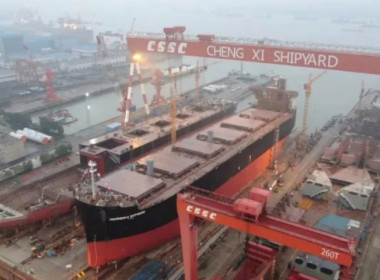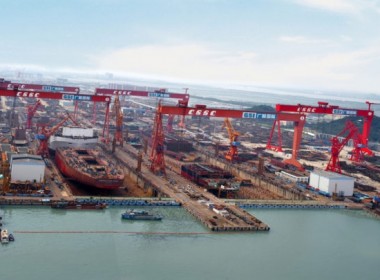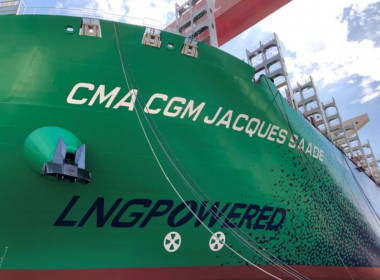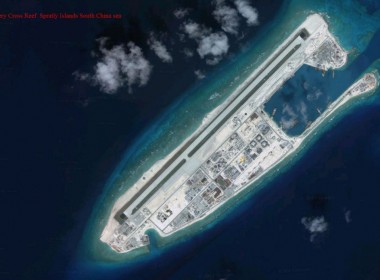COLUMN | China’s navy now the world’s largest – but is it a viable force? [Naval Gazing]

In its annual report submitted to the US Congress, the Pentagon very recently confirmed that the People’s Republic of China now has the largest navy in the world, with an order of battle of approximately 350 ships and submarines, including over 130 major surface combatants. Construction of a wide range of naval vessels continues apace. China’s naval power is divided between three theatres, the Northern, Eastern, and Southern.
The US Navy, the report adds, has approximately 293 warships on strength.
The report lists the People’s Liberation Army Navy (PLAN) fleet active service inventory as:
- Aircraft carriers – 2
- Cruisers – 1
- Destroyers – 32
- Frigates – 49
- Corvettes – 37
- Amphibious transport docks – 37
- Medium landing ships – 21
- Diesel attack submarines – 46
- Nuclear attack submarines – 6
- Ballistic missile submarines – 4
- Coastal patrol (missile) vessels – 86
Also, China is developing uncrewed surface and undersea craft , with the most recently observed example being a vessel which closely resembles the US Navy’s successfully-trialled Sea Hunter.
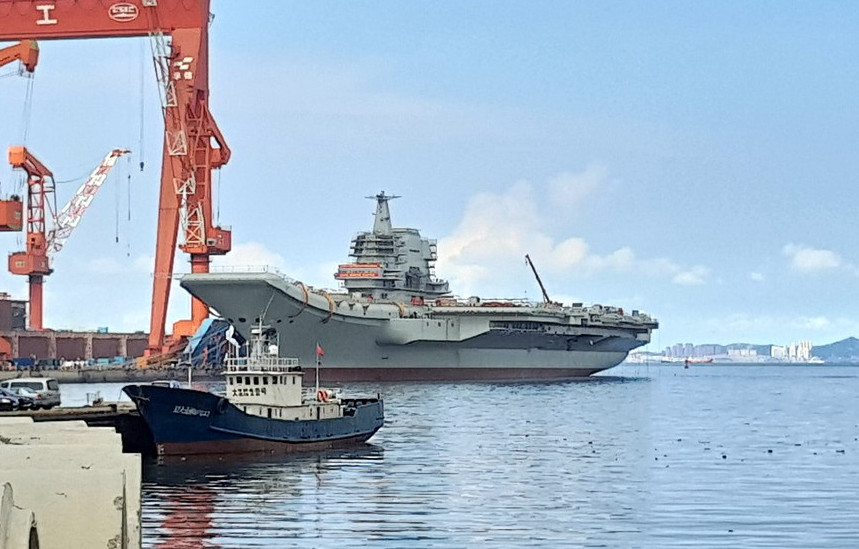
New PLAN vessels of particular significance are Shandong, China’s second aircraft carrier, and its first domestically-built example, and the first of a projected three Yushen-class large-deck amphibious assault ships. The Yushens, with their major helicopter lift capability, will not only extend the strategic reach of China’s land forces, they will also increase Beijing’s options for a possible invasion of Taiwan.
A third carrier – which, unlike the PLAN’s existing pair, features a catapult launching system – is in build. A fourth nuclear-powered example is planned, with some reports suggesting that construction has commenced.
New classes of airborne early warning, and anti-submarine, aircraft are being developed to enhance China’s carrier capabilities.
Analysts believe that the drivers of China’s relentless naval expansion include:
- The gaining of “face” in the competition with the USA for dominant superpower status
- The desire to achieve total domination of the South China Sea (SCS) before the PLAN shifts its focus to operations beyond the “first island chain”
- The establishment, and maintenance of, patrolled areas with which Chinese nuclear-powered ballistic missile submarines (SSBNs) can operate without interference from hostile warships.
- The continuous escalation of the latent threat of invasion of Taiwan
- The re-establishment of tributary relationships with other Asian coastal states
An effective force?
The size and modernity of the PLAN order of battle are impressive, but there is uncertainty over its likely effectiveness in time of conflict. Although the PLAN has, for some years, been conducting out-of-area activities including anti-piracy operations and multi-national exercises, the service has no combat experience.

Its main sensors and weapon systems, furthermore, remain untested in a front line environment, while the political officer system is believed to impact adversely upon operational command and control.
Most naval analysts assess that, at present, in the event of all-out conflict, the PLAN would succumb to overwhelming US superiority, particularly in naval aviation, submarine operations, and electronic warfare.
International response
Unsurprisingly, surging Chinese naval power has precipitated some response from other maritime powers. In November 2020 German and French warships are scheduled to carry out joint operations in the Indian Ocean. This marks a significant step change for the German Navy.
Early 2021 will see a task group of American, British, and Netherlands warships, centred on the British aircraft carrier Queen Elizabeth, deploy to Asian waters and conduct exercises with regional navies.
During the past year, American, Japanese, Indian, and Australian warships have taken part in multilateral exercises in Asian seaways, while the US Navy has conducted dual carrier battle group deployments in and around the SCS, as well as stepping up freedom of navigation operations in the SCS and the Taiwan Strait.
Also, Taiwan has embarked upon a radical expansion and upgrade of its naval forces, intended to counter the escalating threat invasion or blockade being posed by the PLAN. Programmes underway include the construction of new coastal minelayers, fast missile attack craft, and diesel-electric attack submarines.
Armed resistance from both Taiwanese and US forces would not be the only major obstacle to an invasion of Taiwan. An amphibious attack would require lengthy preparation, readily visible to surveillance, including by the world’s media. Beijing would therefore be faced with the prospect of starting and sustaining a bloody conflict under constant real-time worldwide media scrutiny.


